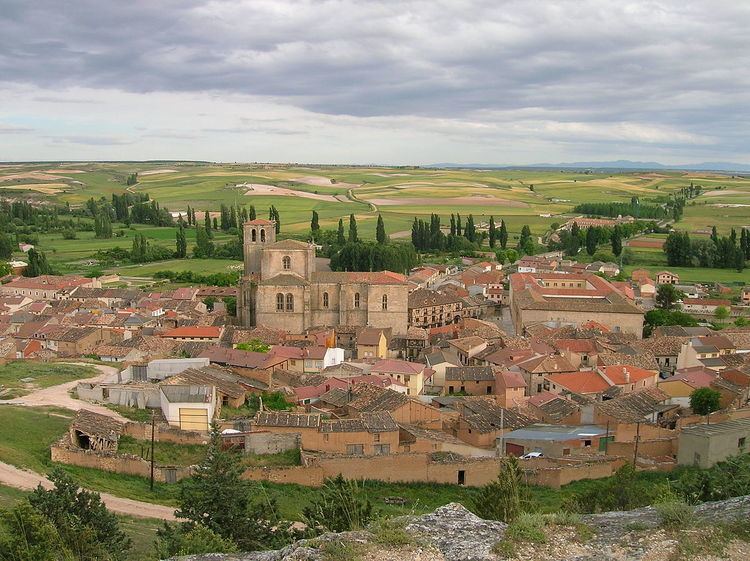 | ||
In Spain, the legal designation Conjunto histórico (formerly Conjunto Histórico-Artístico or "Historic-Artistic Grouping") is part of the national system of heritage listing. It is applied to buildings in a given locality. It is typically used to protect complete villages, such as Peñaranda de Duero, or historic quarters of towns such as Avilés.
Conjunto means "group", and as a group listing, the Conjunto histórico is comparable with the British concept of a Conservation Area. Conjunto histórico is a sub-category within a broader category of Bien de Interés Cultural, which protects Spain's cultural heritage and is regulated by the country's Ministry of Culture. As well as conjuntos históricos, the category of Bien de Interés Cultural includes the following sub-categories of non-movable heritage:
A Conjunto histórico may include buildings which are individually protected as monuments, as is the case at, for example, Peñaranda de Duero or Covarrubias.
